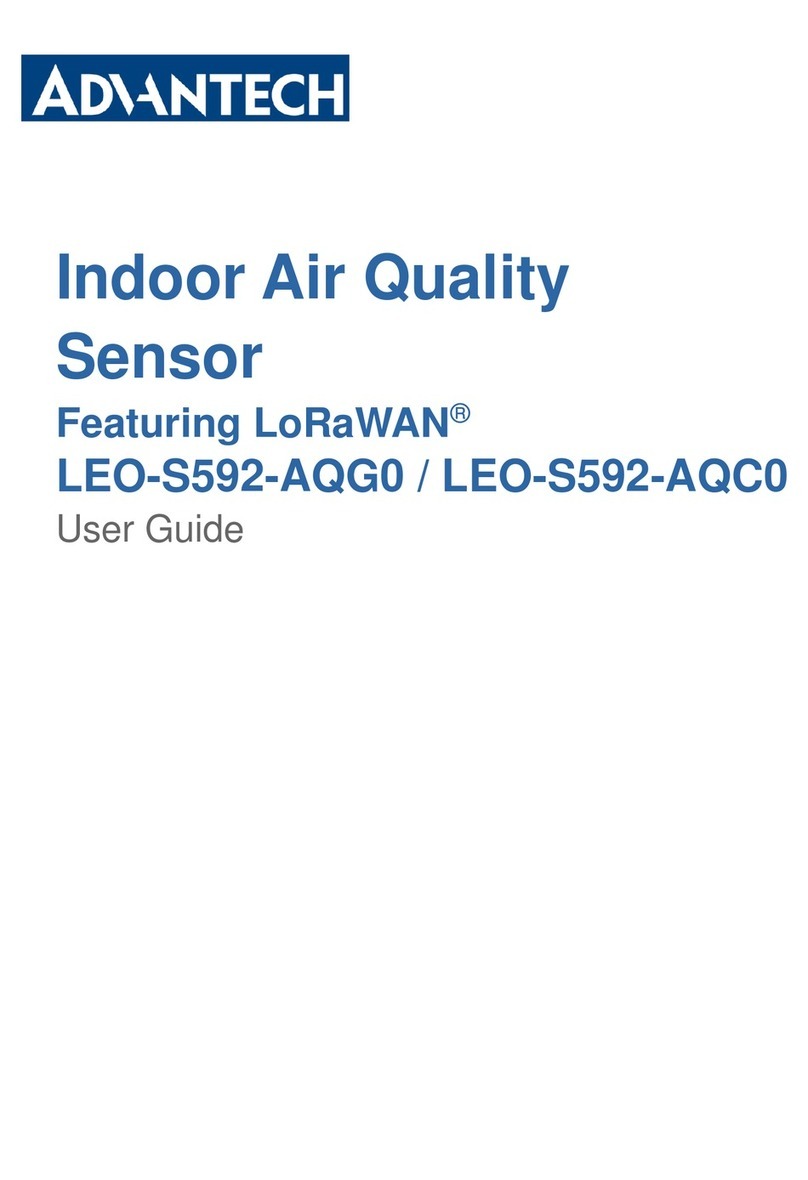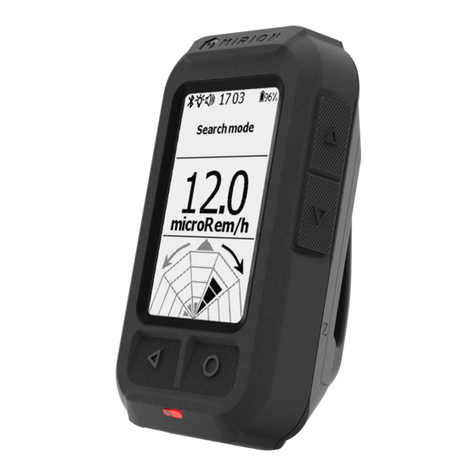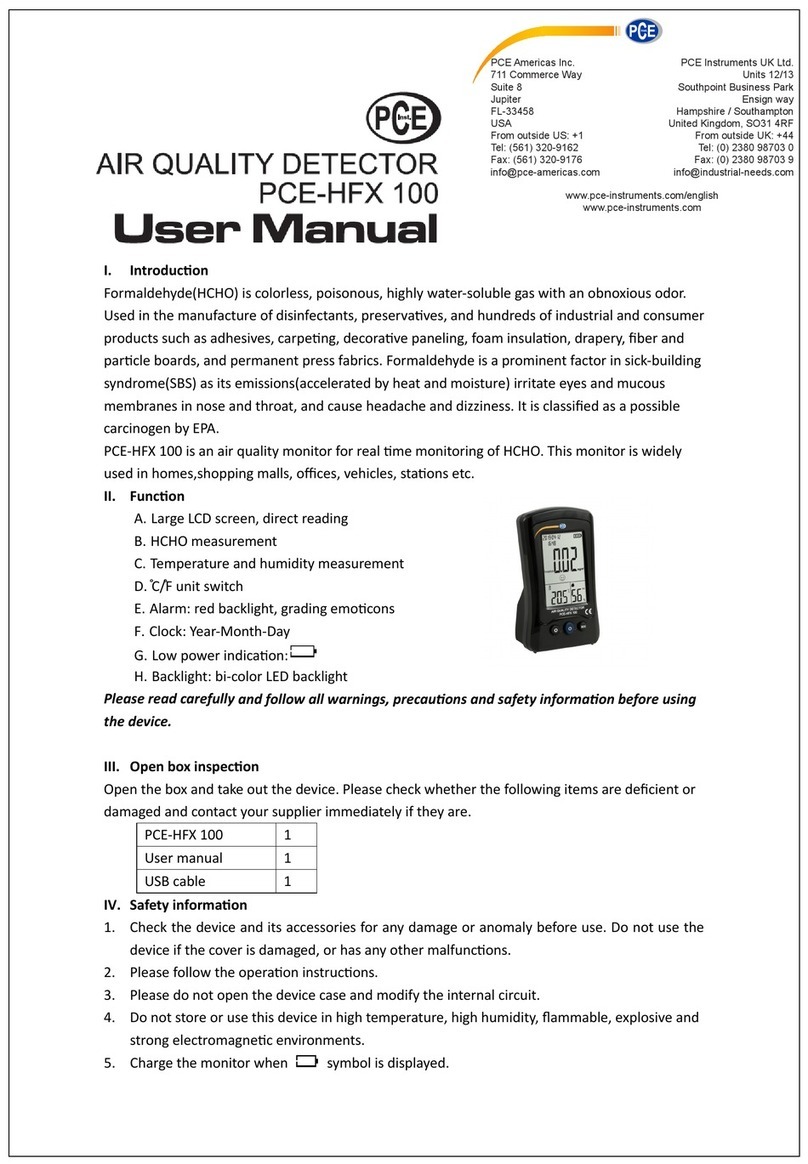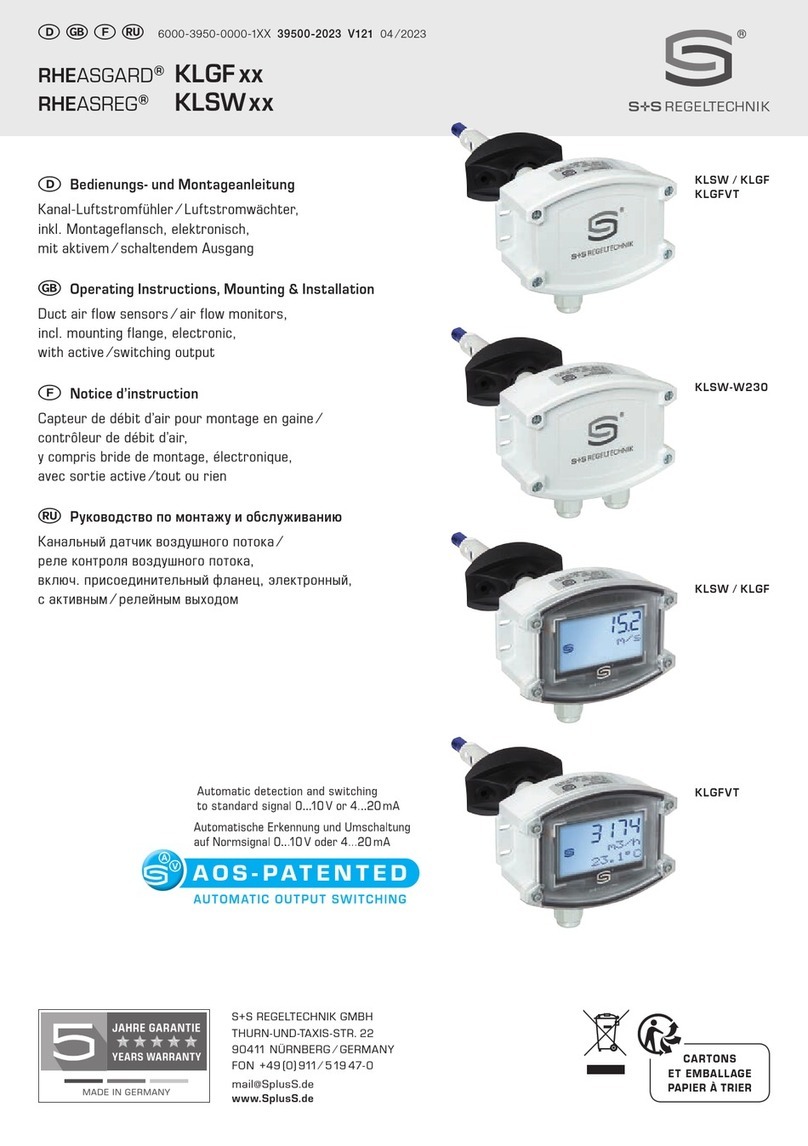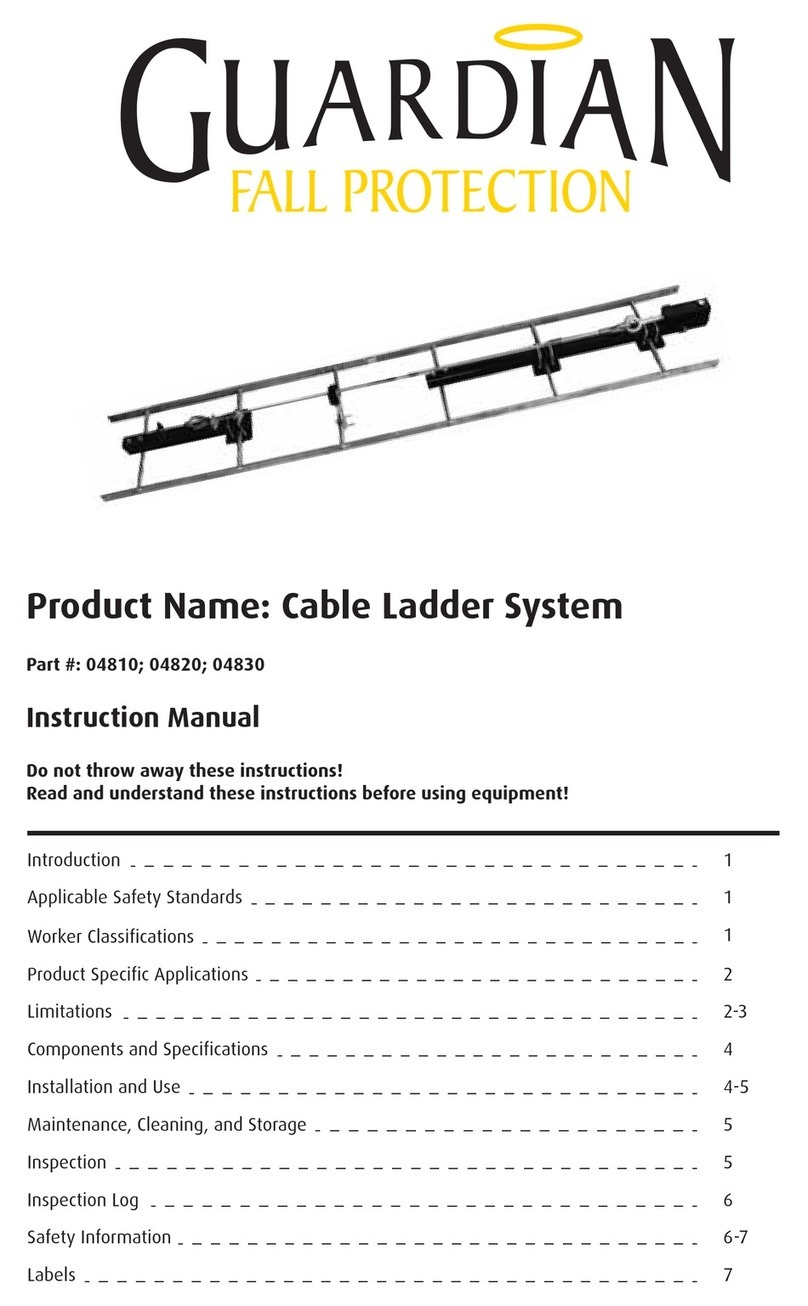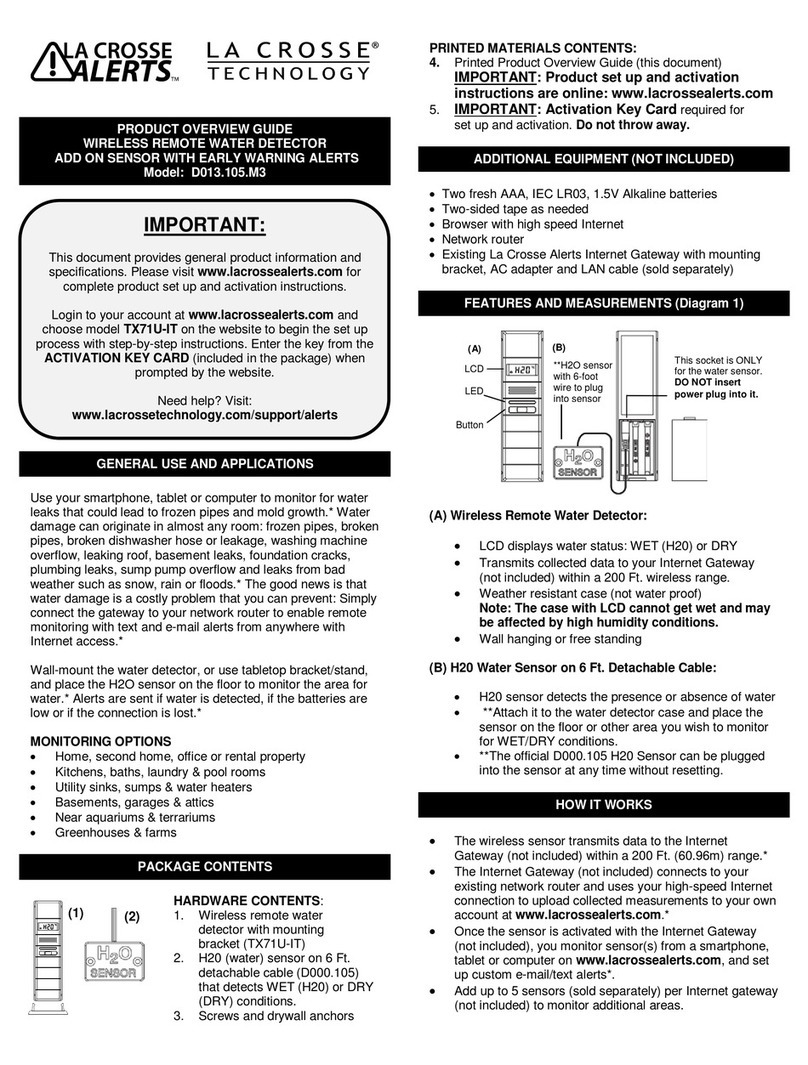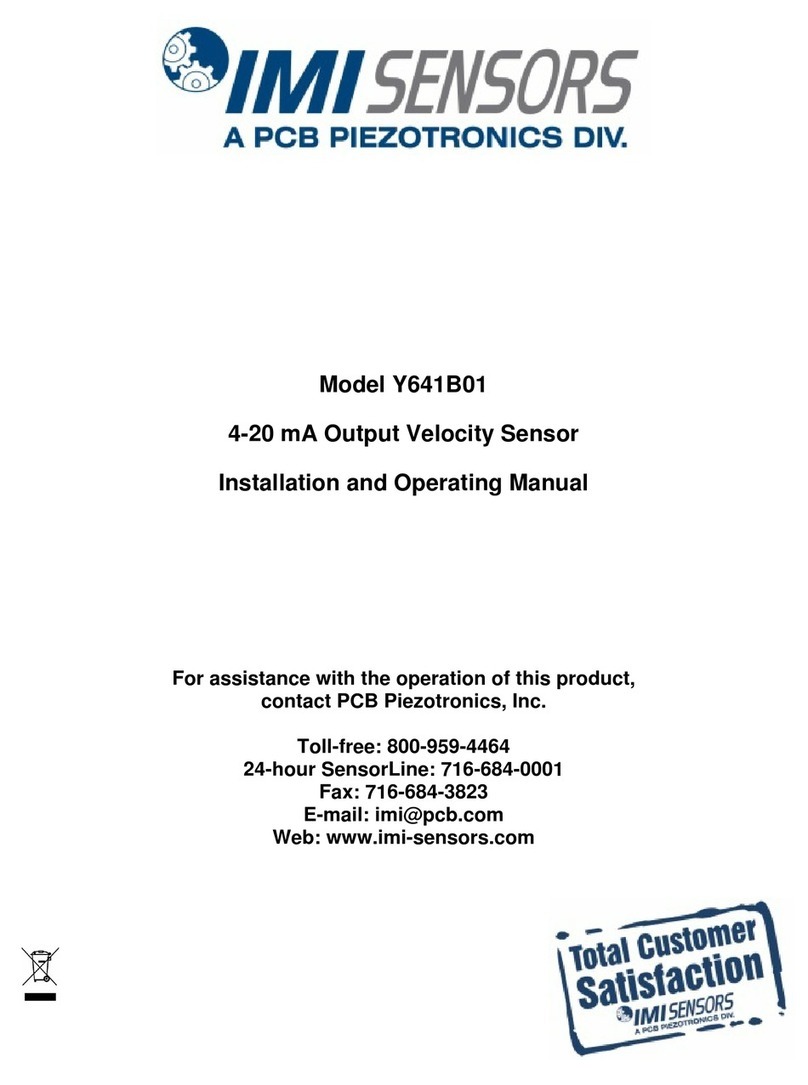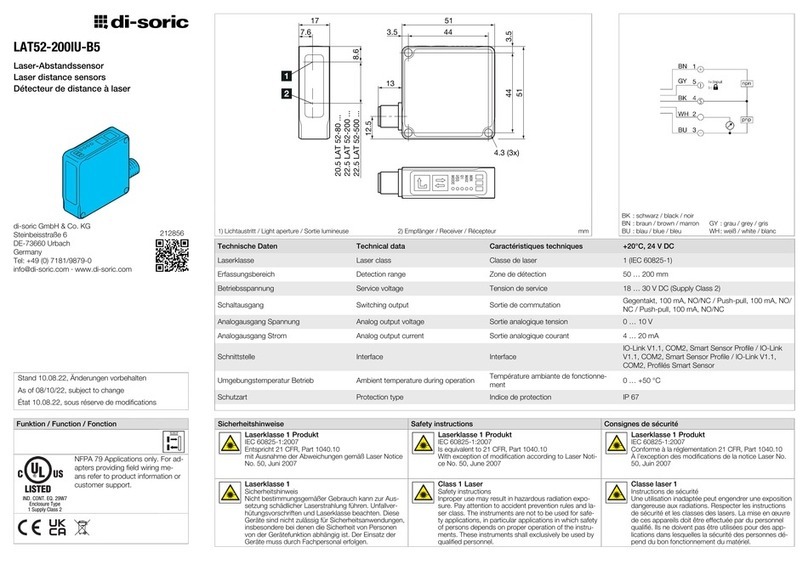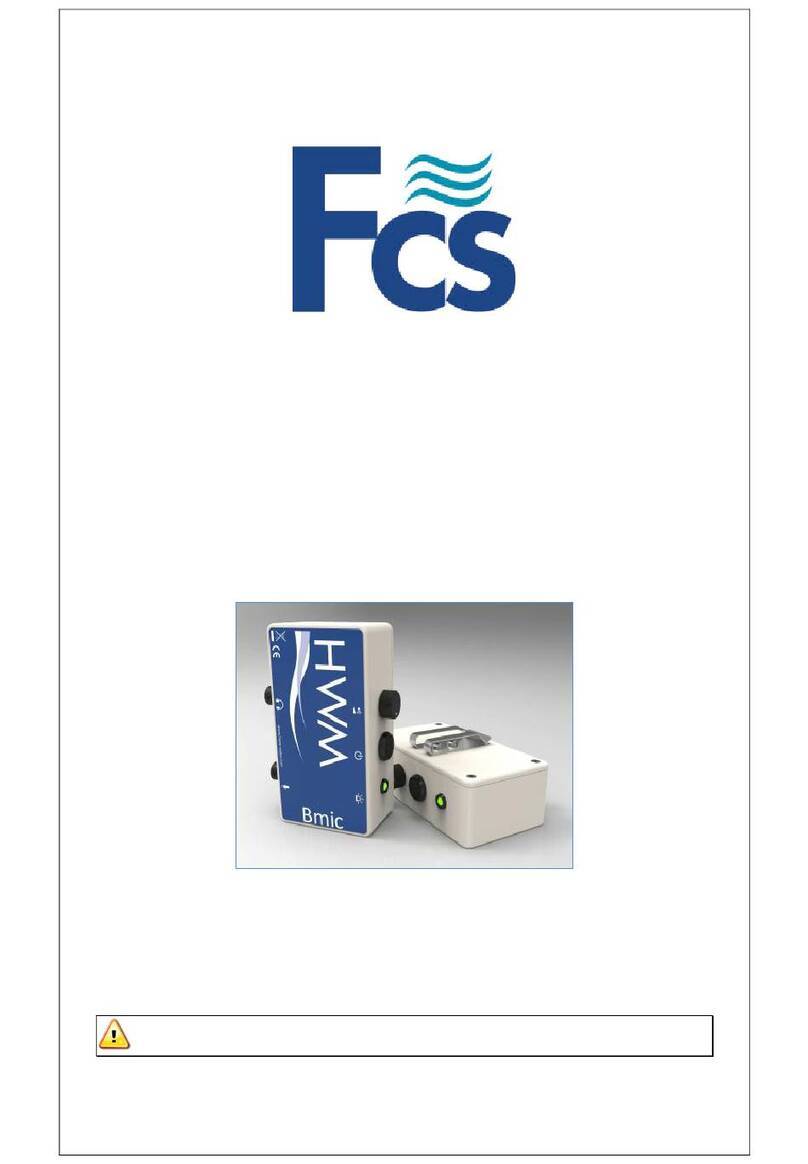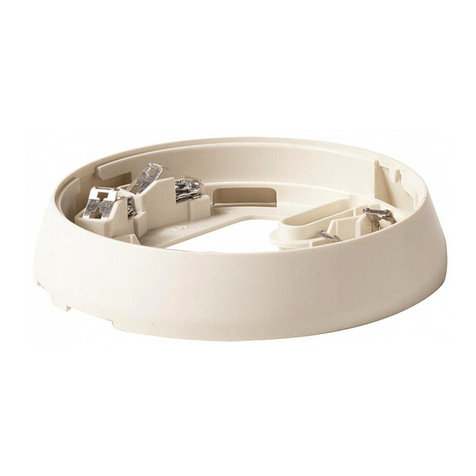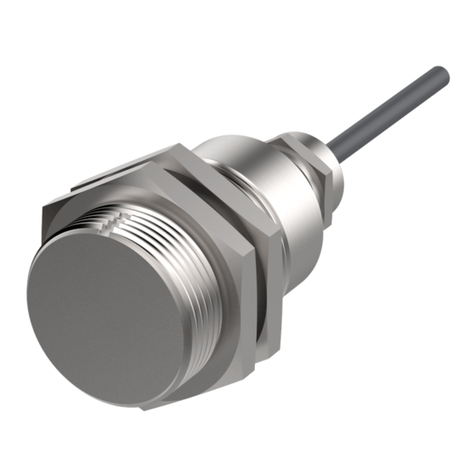
G26 Ambient Oil Mist Detector
Ver.1.9 – Revision July 2019 3
5CALIBRATION 35
5.1 ZERO CALIBRATION 35
5.2 AUTO SPAN CALIBRATION 35
5.3 MANUAL SPAN CALIBRATION 37
6COMMISSIONING 39
6.1 START OF THE SYSTEM 39
6.2 CALIBRATION 39
6.3 SETTING OF ALARM LEVELS 39
6.4 SETTING OF SIGNAL OUTPUTS 39
7MAINTENANCE 40
8TROUBLESHOOTING 41
9SPARE PARTS 42
10APPENDIX 44
10.1 MAINTENANCE INSTRUCTION 45
TABLE OF FIGURES
FIGURE 1-1: OPACITY VERSUS PATH LENGTH FOR DIFFERENT CONCENTRATION (CALCULATED FOR OIL
DROPLETS OF 10-20µM) 7
FIGURE 3-1: ILLUSTRATION OF A G26 AMBIENT OIL MIST DETECTOR WITH TRANSCEIVER/REFLECTOR UNIT 14
FIGURE 3-2: MOUNTING POSITION OF THE TRANSCEIVER AND THE REFLECTOR 14
FIGURE 3-3: INSTALLATION OF TRANSCEIVER 15
FIGURE 3-4: INSTALLATION OF REFLECTOR 15
FIGURE 4-1: TRANSCEIVER INTERFACE 17
FIGURE 4-2: ILLUSTRATION OF THE STRONGEST SIGNAL,NO OBSTRUCTIONS TO THE LIGHT BEAM 18
FIGURE 4-3: ILLUSTRATION OF THE WEAKEST SIGNAL,OBSTRUCTIONS TO THE LIGHT BEAM 18
FIGURE 4-4: ILLUSTRATION OF POOR ALIGNMENT 20
FIGURE 4-5: ILLUSTRATION OF GOOD ALIGNMENT 20
FIGURE 4-6: TRANSCEIVER ADDRESS SETTINGS 20
FIGURE 4-7: SYMPTOM OF ADDRESS CONFLICT 21
FIGURE 4-8: ACCIDENT ADDRESS CHANGE (2 SENSORS HAVE THE SAME ADDRESS) 21
FIGURE 4-9: THE ILLUSTRATION OF INTERFACE SHOW -ENTER TO SERVICE MODE 23
FIGURE 4-10: SERVICE MODE (FLASHING WARNING LED) 23
FIGURE 4-11: SERVICE MODE (1 SIGNAL STRENGTH LED REPRESENTS 10 MINUTES ADDED TO DEFAULT
SERVICE MODE TIMER) 24
FIGURE 4-12:THE SERVICE MODE TIMER INDICATION MAX 60 MINUTES 24
FIGURE 4-13: HOME MENU WITH 1CONFIGURED SENSOR 25
FIGURE 4-14: HOME MENU WITH 2CONFIGURED SENSORS 25
FIGURE 4-15: SENSOR MENU 26
FIGURE 4-16: ALARM LIST MENU 27
FIGURE 4-17: SELECT AN ALARM IN THE ALARM LIST MENU 27
FIGURE 4-18: ALARM INFO SCREEN -E.G.NOT ALIGNED ALARM 28
FIGURE 4-19: TREND MENU 31
FIGURE 4-20: PASSWORD POPUP WINDOW 31
FIGURE 4-21: SENSOR SETUP 32
FIGURE 4-22: SYSTEM SETUP 33
FIGURE 5-1: AUTO SPAN CALIBRATION READY TO START AFTER THE ZERO CALIBRATION IS COMPLETE (LEFT AND
RIGHT SIGNAL STRENGTH LEDS ILLUMINATED) 36
FIGURE 5-2: LASER BEAM HAS BEEN BLOCKED –AUTO SPAN CALIBRATION REGISTERING 36
FIGURE 5-3: AUTO SPAN CALIBRATION ACCEPTED –NOW UNBLOCK THE BEAM OF LIGHT 36
FIGURE 5-4: THE TRANSCEIVER IN NORMAL OPERATION MODE 37























